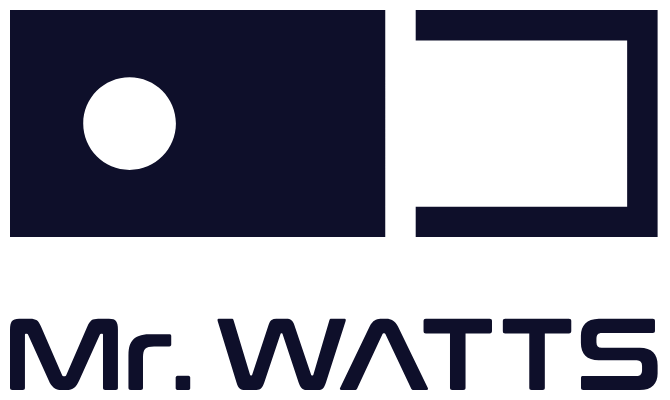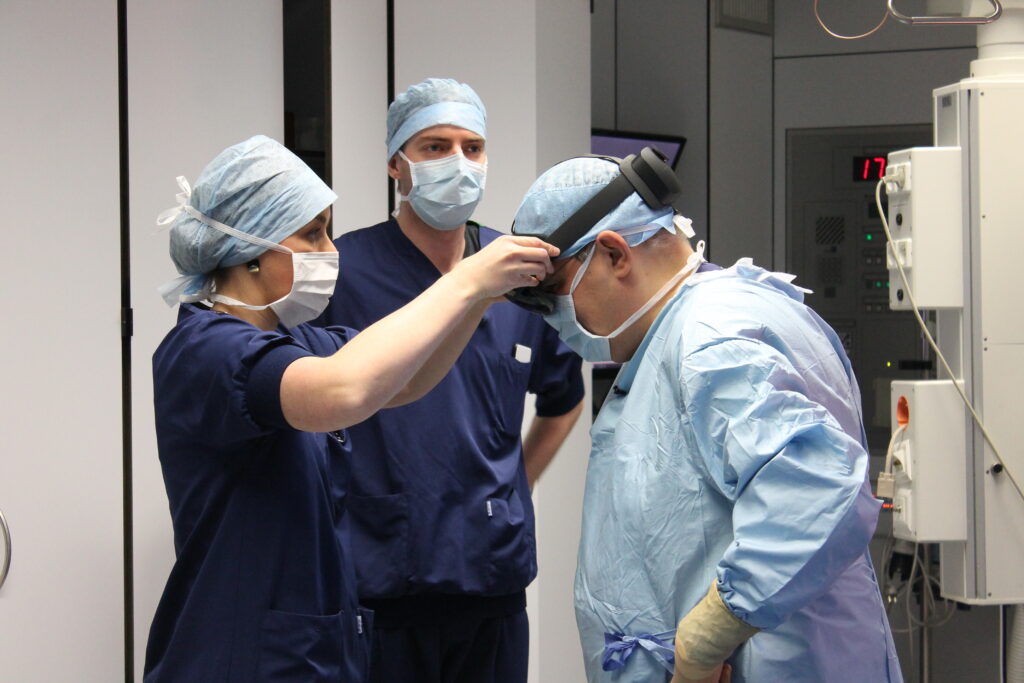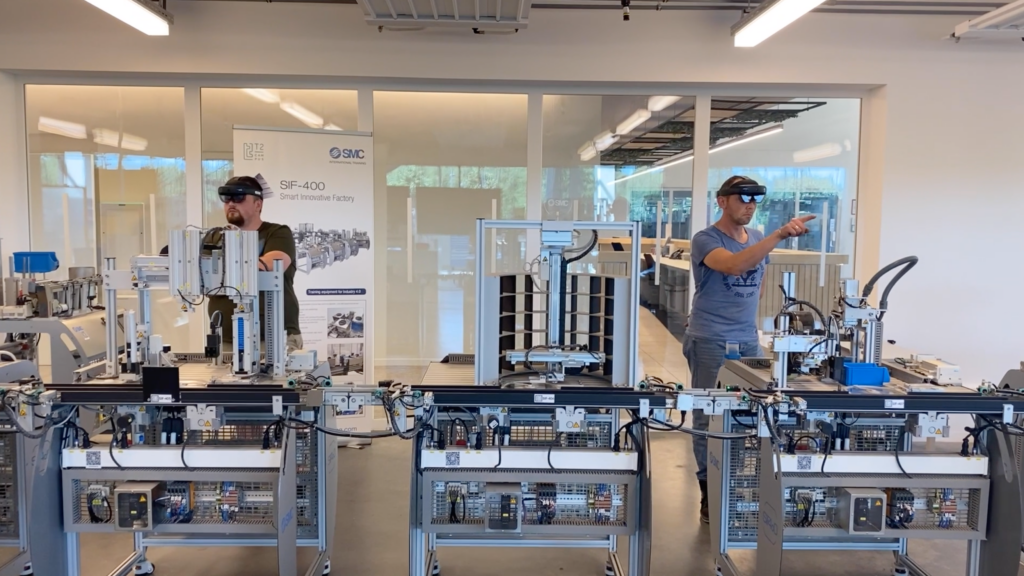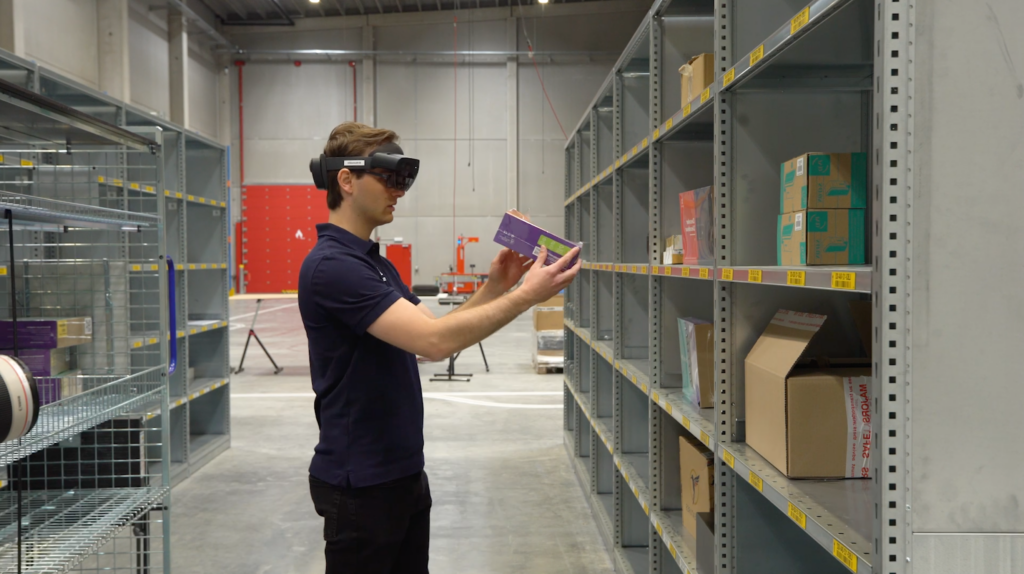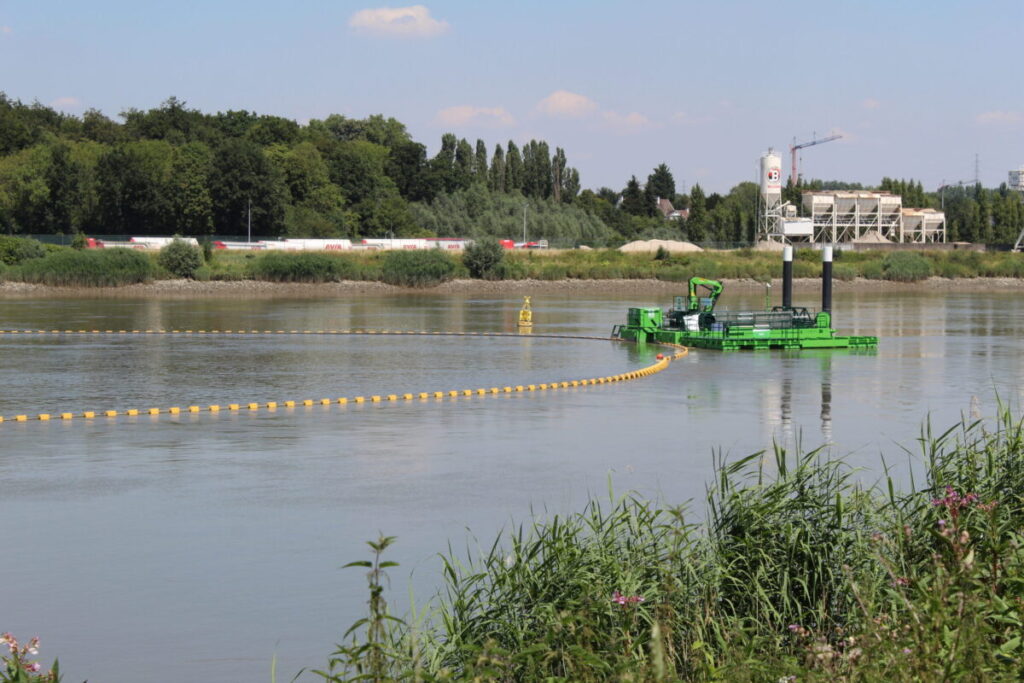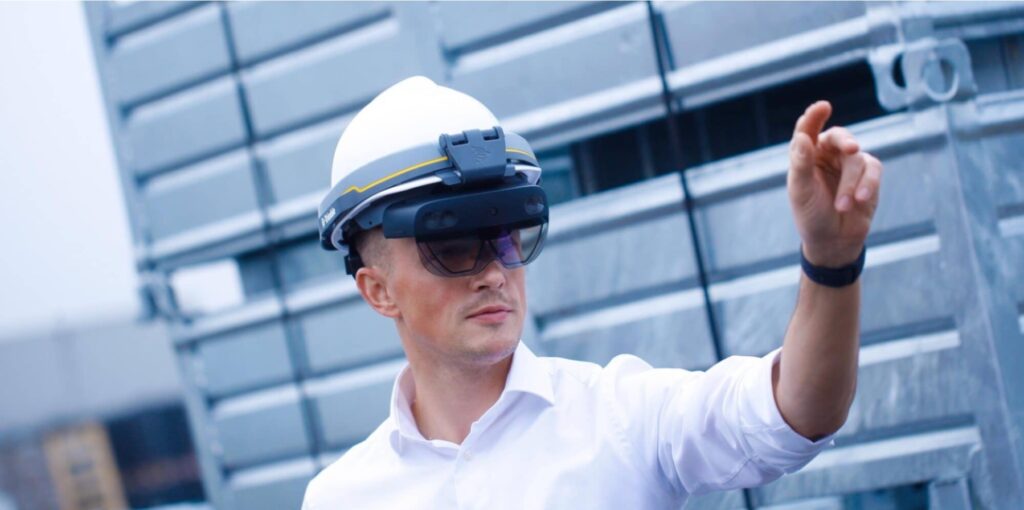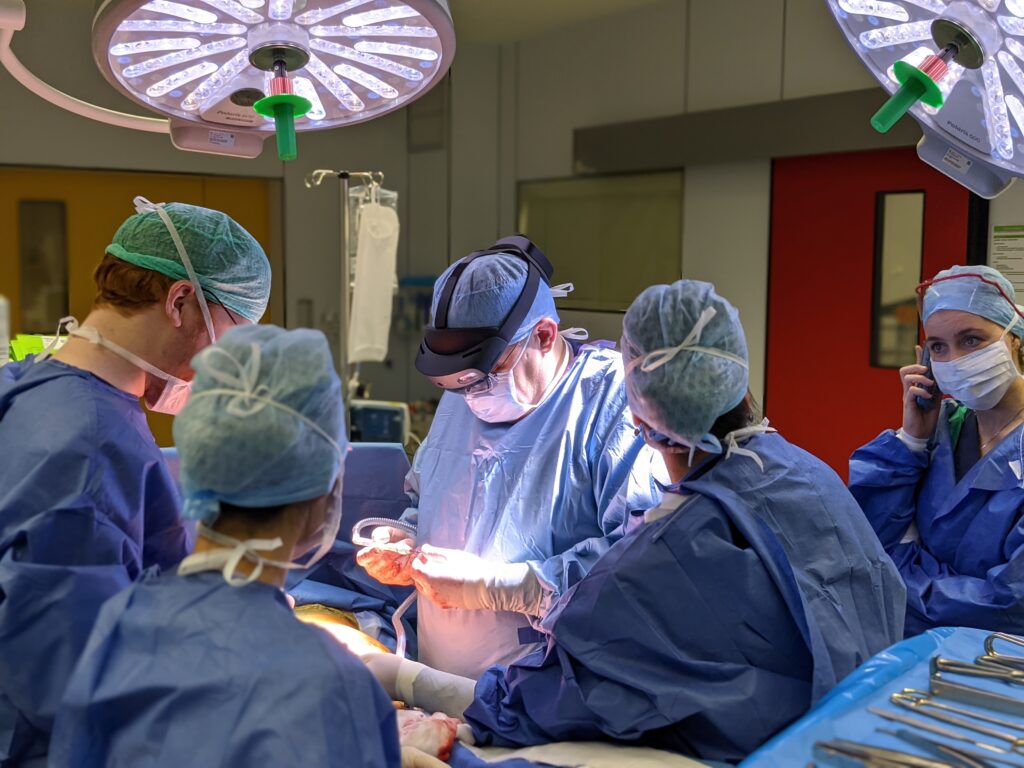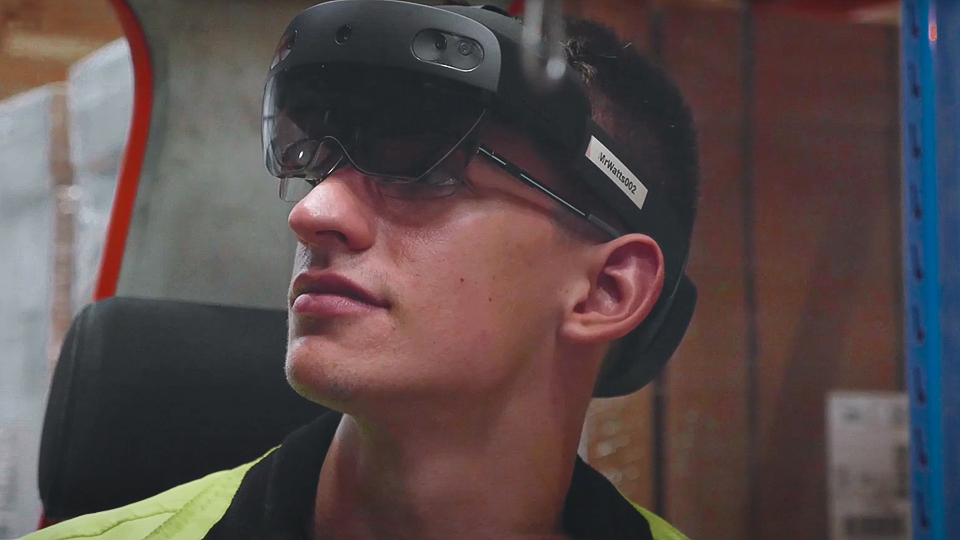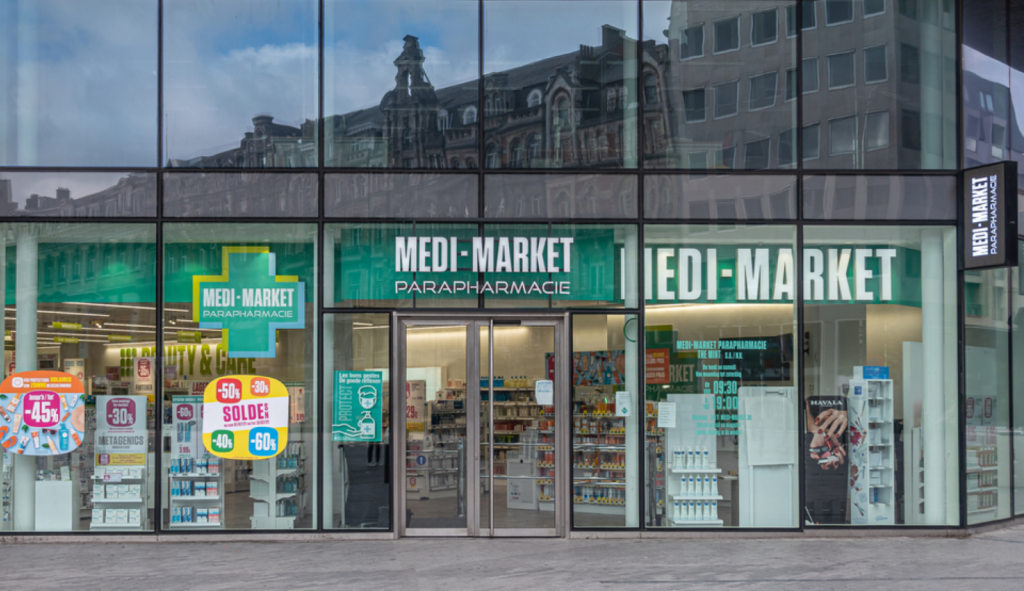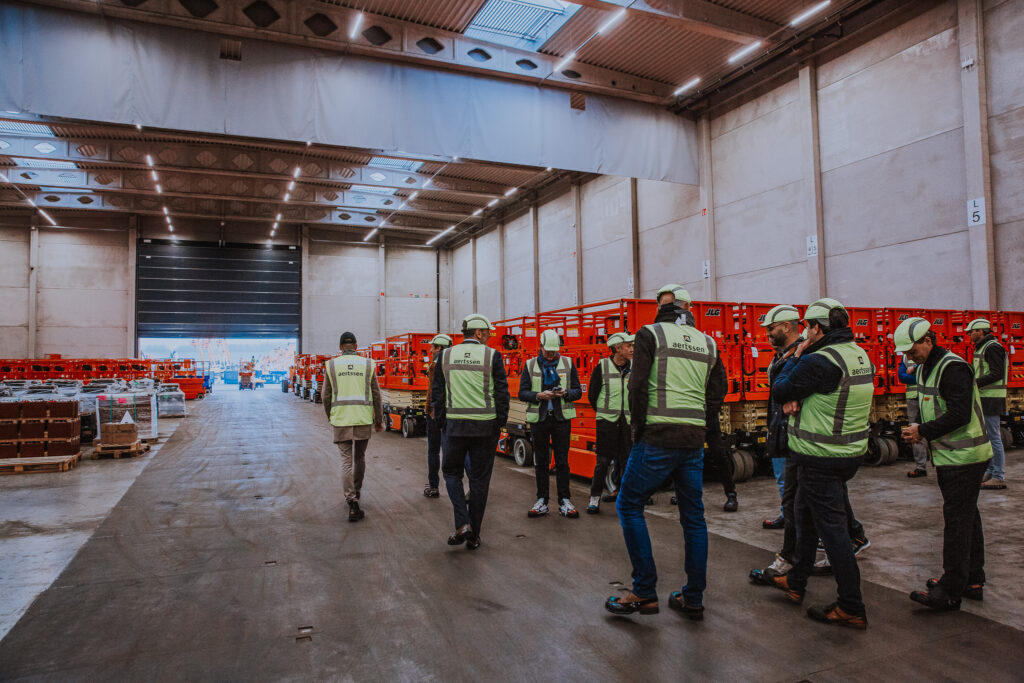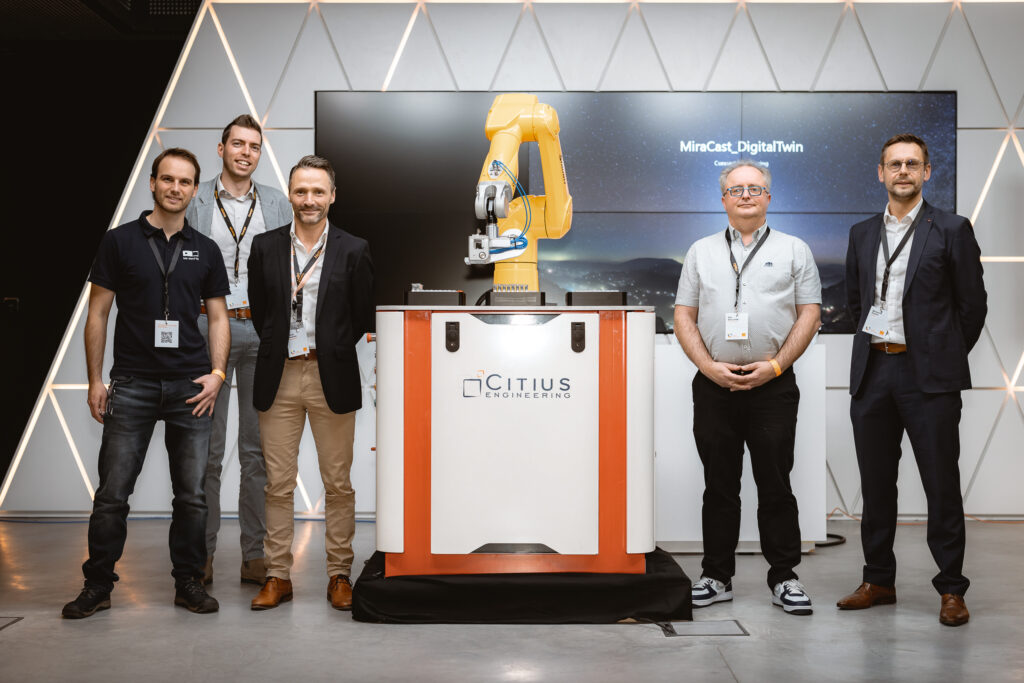Optimizing a warehouse without lifting one box
The essence
Medi-Market is a Parapharmacist with both online and offline sales points. In order to make this operation run fluently, their warehouses need to be organized efficiently. We built a Digital Twin to help them optimize one of their warehouses, allowing them to assess hotspots, often picked products and possible operational congestion in a much more contextual way. The twin ingests existing data, enriches it through smart (AI-powered) analysis and displays the resulting insights in a 2D and 3D visualization of the particular warehouse. This enables the customer to analyze current workflows and simulate new, more efficient ones.
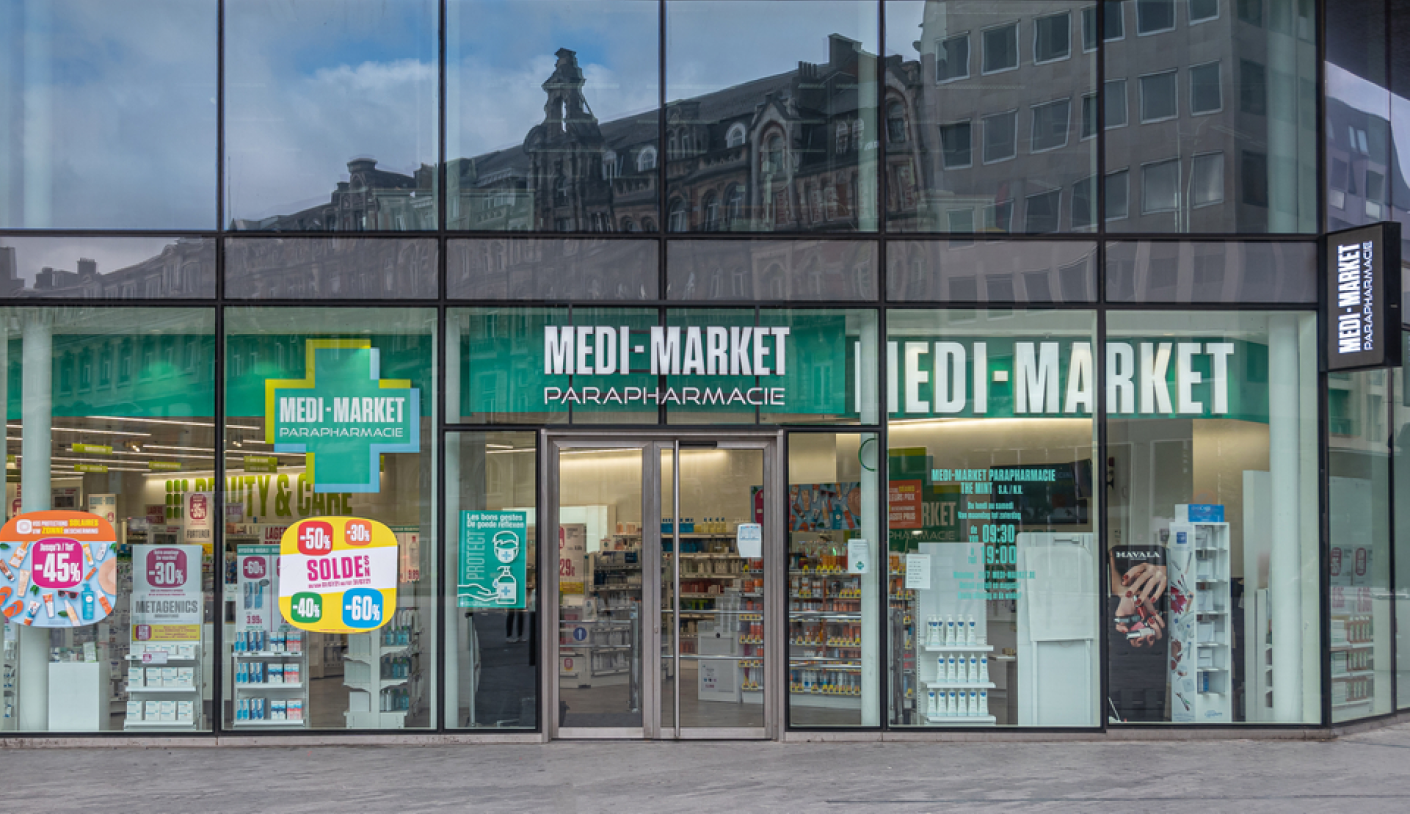
The challenge
Organizing a warehouse without lifting one box
Medi-Market sells parapharmaceutical products both online and offline, which demands an optimal organization of their stock for both (sales) platforms. Due to rapid growth they’re about to deploy a part of their warehouse they weren’t currently using. They asked us to help them organize their stock and finetune their operational processes in ‘the best possible way’. In former times this would mean: draw plans, carry them out and physically change everything that doesn’t work accordingly. By building a Digital Twin, we offer the possibility of doing this digitally without lifting a single product, box or rack.
The Solution
To help Medi-Market with this challenge, we built a Digital Twin that is accessible through a standard web browser and offers the following features:
2D / 3D Visualization
Based on the blueprint and plans, we build a virtual model of their warehouse, visualizing both the actual and historical stock situation(s): Which product is located where? How does the picking / putaway occur? Etc… All information can be assessed contextually to both the geometrical layout of the warehouse and the timeline of their occurrence. Besides this, the web app allows users to focus on a certain timeframe or area in the warehouse and gain detailed insights. Everything can be consulted in a 2D or 3D manner, depending on the required view.
Product Popularity Heatmap
The twin visualizes the location of every product in the warehouse based on the Warehouse Management System. Products can be color coded in terms of market demand, making it possible to (re)organize the warehouse layout so that more oftenly picked products are most accessible. You can also select every product to see more information or details on the order picking assignment.
Congestion Heatmap
By means of heatmaps, the twin visualizes the way order pickers work and move through the warehouse: Where do hot zones arise? At what time is which region in the warehouse the most frequently visited? Etc.. This way you can uncover and / or predict possible congestions and resolve them digitally before having to rearrange the warehouse physically.
Movement Paths
How do order pickers move throughout the warehouse? What are the actual paths they walk (or drive)? What is the best order to pick their products? How far do they (have to) travel per picking sequence? And what is their (optimal) average speed? The twin offers contextual answers or insights to all of these questions. Hereby, it allows you to decide in a better, fully data-driven way whether certain products need to be placed elsewhere so that order pickers can work more efficiently.
Our approach
A 3D Map to navigate
- We started out by setting up a workshop in the warehouse to get acquainted with the way it currently operates. This is essential as Digital Twins prove to be most valuable if we include all specific behaviors. This so-called ‘knowledge model’ is particularly important when you want to pursue ‘realistic’ simulations.
- Then we drew wireframes for the web app on how to implement the features we decided on in the workshop. In this case, the wireframes include both the features we implemented instantly as the ones we are going to add in a later phase of the project.
- Based on the wireframes, we developed a web-app that works in conjunction with a data-crunching backend hosted on MS Azure. This app includes the 2D and 3D visualization(s) of the warehouse and all aforementioned features Medi-Market uses to make informed decisions or anticipate future issues.
- By giving existing data a physical dimension, we are able to draw heatmaps that show frequently walked pathways, popular products and possible congestions. Currently, these heatmaps are generated based on historical Warehouse Management System (WMS) data. In the next version of this Digital Twin we will connect directly to the WMS and have it digest positioning data in real-time.
- Finally, we discussed a number of additional features that will be added later on. These features include - as already mentioned - real-time data, but also the visualization of frequently walked (and possibly unlogical) pathways and the implementation of AI-analysis to spot trends and predict future situations. That way Medi-Market can anticipate specific problems even before they occur.
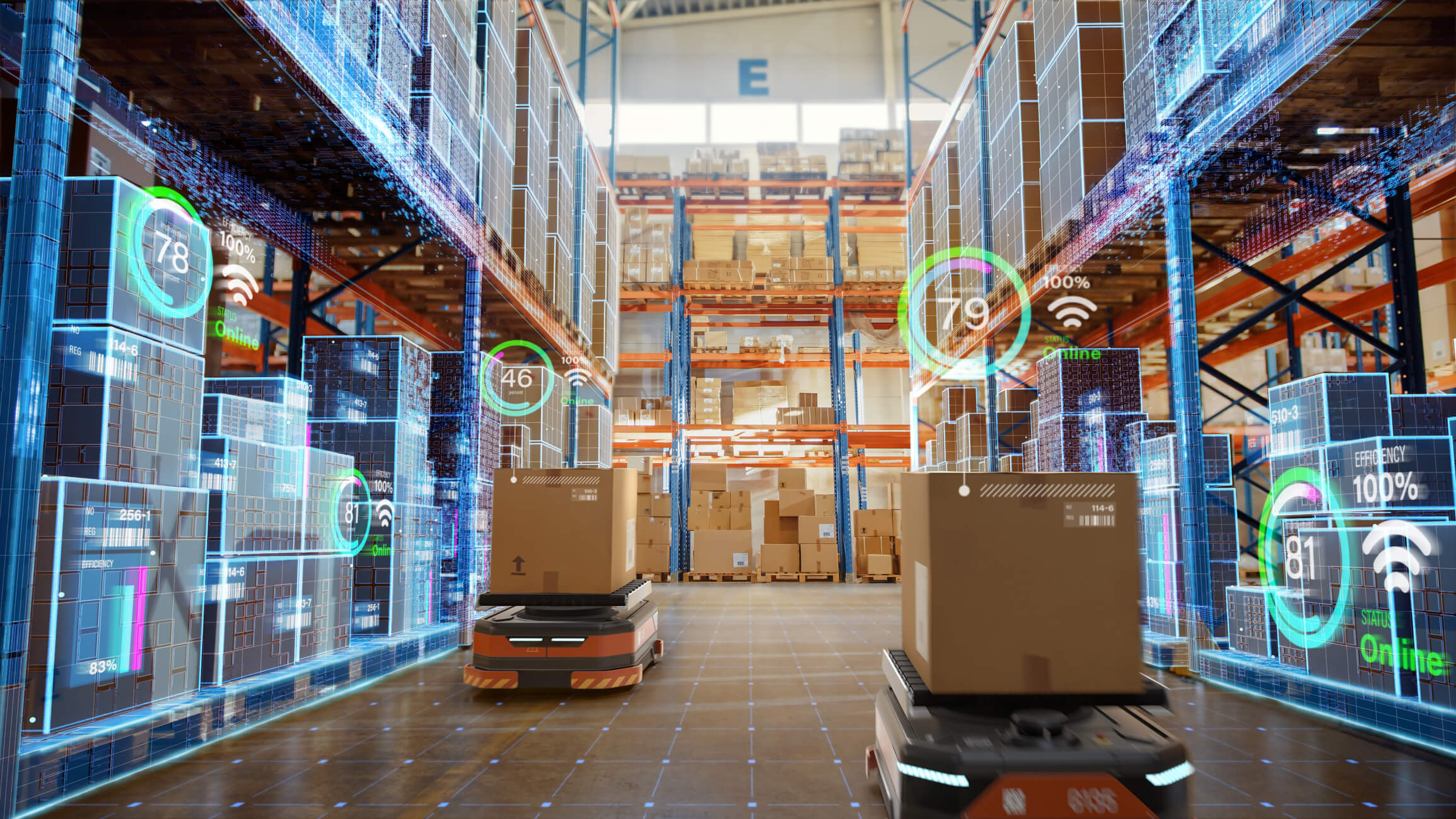
The future
The project is currently being used by Medi-Market to get used to working with a Digital Twin and discover its potential. On our part, we’re starting a second phase in which we’ll bring it to the next level by adding new features.
Based on the (new) insights it provides, we want to focus further on implementing AI-analysis as well as bringing in more data: Which warehouse layout(s) allow (or even stimulate) the most optimal picking / putaway movements? In general or based on predicted market demands in certain periods? How substantial is the difference between such a “winter” and “summer” layout? And how do we (re)organize a part of the warehouse proactively, based on expected occurrences of heat waves, winter colds, an upcoming flu, habitational new year resolutions, etc…
Once the Digital Twin becomes capable of providing those insights; the only thing left is to make sure its state is being reflected in the real, physical warehouse as efficiënt as possible. Exciting times ahead!
